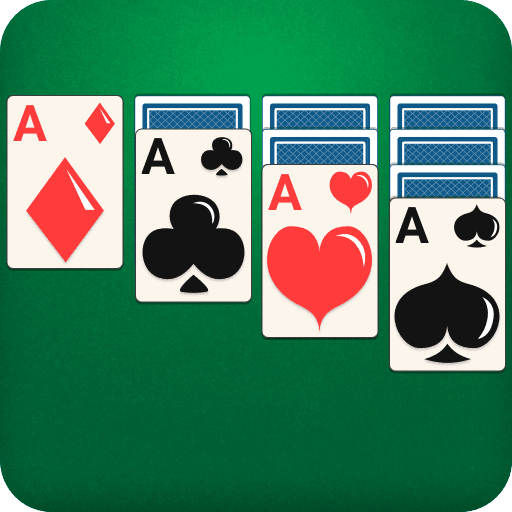How to play Solitaire – understanding this game of patience

The rules on how to play Solitaire depend on which variant of the game the player chooses to play. The Solitaire Klondike is the most common and popular variant and also one of the easiest to understand. This game uses a standard 52-card deck.
The piles

To understand how to play Solitaire, it is necessary to know the different card piles in the game and understand their role. In a classic Klondike game, there are four types of piles the player must pay attention to:
The Foundations: these are comprised of four piles where the sequences to win the game are built. Each pile represents a suit (clubs, spades, hearts, and diamonds). The sequences in the foundations are built in ascending order, with the Aces at the bottom.
The Tableau: 7 piles are displayed on the tableau in a Solitaire Klondike game. Starting from left to right, the first pile contains one card, the second two cards, the third three cards and so one, with the 7th and last pile having 7 cards in total.
Only the upper card on each pile is revealed.
The Stock: the Stock gathers the remaining cards of the deck that were not displayed on the tableau. They can be brought to play during the game to help build sequences and unveil hidden cards.
The Waste (also known as the Talon): This pile is created by the cards removed from the Stock and but have no place in the tableau.
How to play Solitaire
The goal of Solitaire Klondike is to transfer the 52-card deck into the foundations. The transfer must be made following an ascending order starting with the Aces and each suit must be separated.
Only cards facing up in the tableau or in the Waste pile can be moved to the foundations. Thus, the player must try to unveil all hidden cards.
How to reveal hidden cards
The player must remove the upper cards on each tableau pile to unveil the one underneath it. This can be achieved by transferring the cards to the foundations or by moving them to another pile by creating sequences on the tableau. Unlike with the foundations, the sequences on the tableau are built in descending order and with alternating colors, with the King at the bottom and the Ace on top.
These sequences can be partial and contain a minimum of two cards (e.g. a black 7 can be moved into a red 8 to create a partial sequence and reveal the card under the 7).
The player can move the upper card, the full sequence or a partial sequence laid on the tableau between the piles.
An empty space on the tableau can only be filled with Kings as these are the base for pile sequences.
The players can access the Waste pile to find the necessary cards to build the sequences on the tableau or on the foundations. However, points are deducted each time they go through it completely and need to turn the Waste into the Stock pile again.
Transfer to win
Regardless of the different variants of Solitaire and the different rules on how to play them, they share common traits. There are always foundations to be built and cards to be unveiled.
To play Solitaire Klondike, keep transferring cards and thinking of each move carefully to achieve victory. Players can also compete against themselves by timing up their winnings and by trying to complete the game using as few moves as possible.


